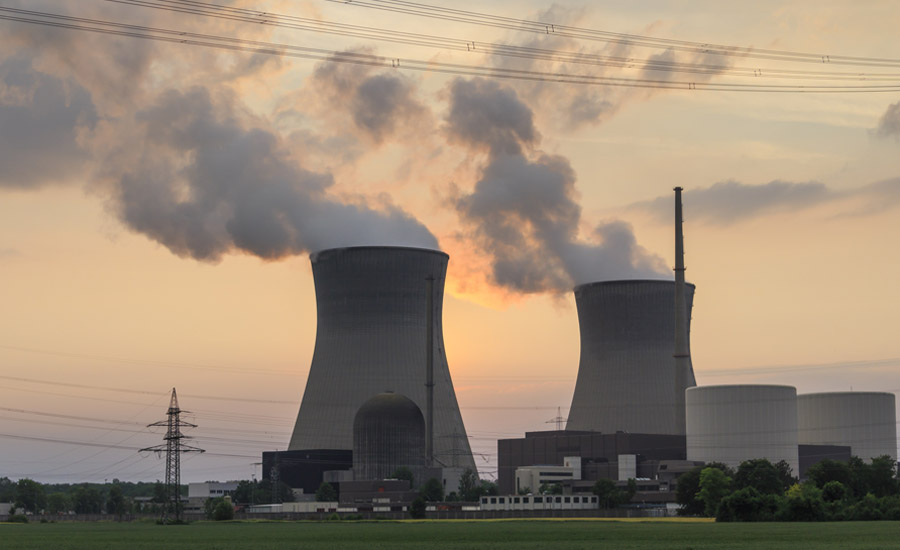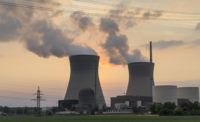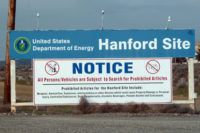It's been a toxic few weeks at the Hanford nuclear reservation in Eastern Washington. Not that this is exactly news — Hanford is the most radioactive site in North America and is always toxic. But what is news is how dangerous and negligent the remediation efforts at Hanford continue to be.
The original Hanford Project, which manufactured plutonium for the world's first atomic bomb and over its 40 years of operation produced 63 short tons of plutonium, is now home to the largest environmental clean-up in the country.
Fifty-six million gallons of nuclear sludge currently sit in double-walled underground tanks built in the 1970s. This waste is awaiting a plant to be built, known as the Hanford Vit Plant, that can turn the gunk into glass rods. The Vit Plant, to be constructed by Bechtel, continues to run over its initial budget estimates and keeps being delayed. The plant, if ever completed, will end up costing taxpayers over $30 billion. Meanwhile, those old holding tanks aren't fail-safe. They continue to be a colossal problem for the environment and workers alike.
One of the tanks, known as AY-102, began leaking in 2012 and now another, AY-101, is purportedly well on its way. The Department of Energy, the agency in charge of handling Hanford's nuke mess, says AY-101 isn't leaking yet, but tells Gizmodo the tank is simply releasing "higher than normal readings for contamination."
"The fact that these vapor exposures occurred outside the so-called vapor control zones — an area where workers are supposedly safe from exposure — illustrates the extent of ineffectiveness of Hanford's worker protection program," says Tom Carpenter, director of the Seattle-based watchdog group Hanford Challenge. "Hanford officials responded with the same tired excuses that none of the samples of air they took were above permissible limits. Should we believe 20 workers who suffered nosebleeds, headaches, dizziness and shortness of breath in the course of a couple of hours, or Hanford's assurances?"
Carpenter adds that Hanford doesn't perform any real-time monitoring for dozens of toxic chemicals likely emanating from those leaky tanks. Nor does Hanford factor in the so-called mixture rule, an OSHA-directive that requires the lowering of acceptable limits when multiple chemicals are present. In other words, Hanford workers are put at risk of chemical exposure and the DOE and its contractor don't give a damn.
This isn't new ground for Hanford. In 2014 more than 40 workers suffered ailments caused by chemical exposures and last March 26 workers were sent to a hospital or clinic. Such accidents prompted Hanford Challenge, Washington Physicians for Social Responsibility, union Local 598, and the Washington Attorney General to bring legal actions in federal court to force the DOE to protect workers from these extensive hazards.


